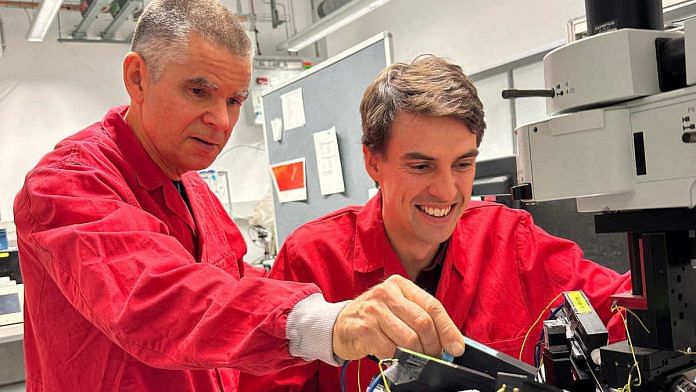Vienna: In 2022, Jake Watson sent an unusual email to a neurosurgeon in Vienna: “Can we have some pieces of brain from the operating theatre?”
Since then, Karl Rössler, a neurosurgeon at the Medical University of Vienna, has been sending small spoonfuls of live human brain tissue—removed during epilepsy surgeries—to Watson, a postdoctoral researcher in the Jonas lab at the Institute of Science and Technology Austria (ISTA).
With only a few hours before the neurons begin to die, Watson and his team work quickly. They slice the tissue, attach electrodes, and observe neurons firing in real-time. Eventually, they compare human brain cells with those from mice.
This kind of close-up comparison of live brain cells is not common. And while the Jonas lab doesn’t explicitly set out to answer what makes us uniquely human, their findings are starting to provide a few clues.
On the surface, the brains of humans and other mammals largely follow the same plan.
“What is remarkable when you look at the brains of different species is that there are slight differences, but the principle of organisation is the same,” said Wolf Singer, neurophysiologist and director at the Max Planck Institute for Brain Research in Germany.
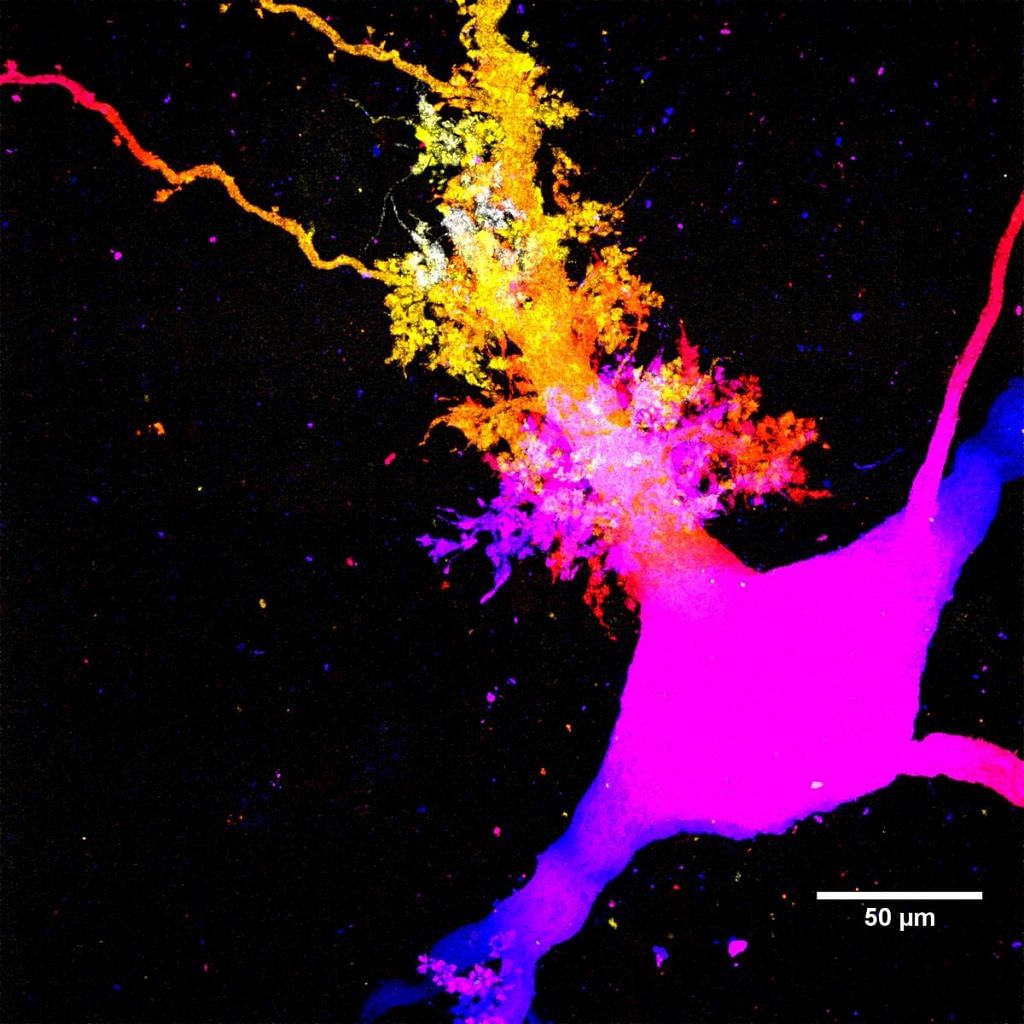
But though animal models, especially mice, have long been foundational to neuroscience, human brains cannot be meaningfully compared to those of any other species, agreed all the neuroscientists interviewed for this report.
Research like that of the Jonas lab offers an unusually intimate glimpse into living human brain cells, providing insights that cannot be replicated in animal studies.
Science has yet to reach consensus on what exactly makes us, us. Singer attributes our uniqueness to culture and evolution. György Buzsáki, a neuroscientist at the NYU School of Medicine, largely agrees—but provocatively suggests that, from a purely biological perspective, humans might not be as “special” as we like to believe.
With neurological diseases increasing across the world, the urgency to understand the brain has grown. Scientists like Anirban Basu at the National Brain Research Centre are even looking at the role of the gut microbiome and diet. Each of these efforts adds a piece to the puzzle but also shows how much is still undiscovered.
While the human brain remains one of science’s most complex frontiers, animal research is still essential for understanding how it works.
As Buzsáki puts it: “All of this is complicated, but that’s why there are scientists who are trying to tease it apart and look at the different things and then try to put it together again.”
This ongoing quest to unravel the brain feeds into a deeper question: do our brains make us “special”?
When the Jonas lab team examined the CA3 region of the human hippocampus, they discovered something unexpected. The neurons were farther apart and had fewer connections than in mice.
Also Read: Astrocytes are no wallflowers. 3 new studies show they’re the real ‘puppet masters of brain’
From mice to humans
Before studying human brain cells, Jake Watson focused solely on rodent brains for the first decade of his career.
“You can call me a mouse physiologist,” he chuckled. “We know in mice there are certain subtypes of different cells. The question now is whether we can find more subtypes in humans, or maybe specific to humans.”
Since the fundamentals of basic neurological functions are similar across species, scientists can compare different brains. In simplified terms, vertebrate brains, including those of mice and humans, are organised in layers, like an onion.
The outermost layer is the cortex—a thick sheet of neural tissue, highly folded and cramped within the skull. This layer, often found to be comparatively dense in humans, has traditionally been associated with higher-level functions such as intelligence, language, perception, and decision-making. For long, it has been seen as the “special ingredient” of the human brain.
If you want to understand how the human brain works, you need to look at least a little bit at the human brain rather than something else
Jake Watson, postdoctoral researcher at the Jonas lab, ISTA
As we keep peeling back the layers, deeper within the brain lies the hippocampus. Due to its deep-seated location, performing invasive studies and examining live hippocampal tissue has been particularly difficult in humans.
It’s this challenge that the Jonas lab team has been working to overcome. And the problems don’t end even once the live tissue is procured.
Human brain tissue dies within four to six minutes without oxygen and blood flow. Under strict lab conditions, it can last a few days to a week at most.
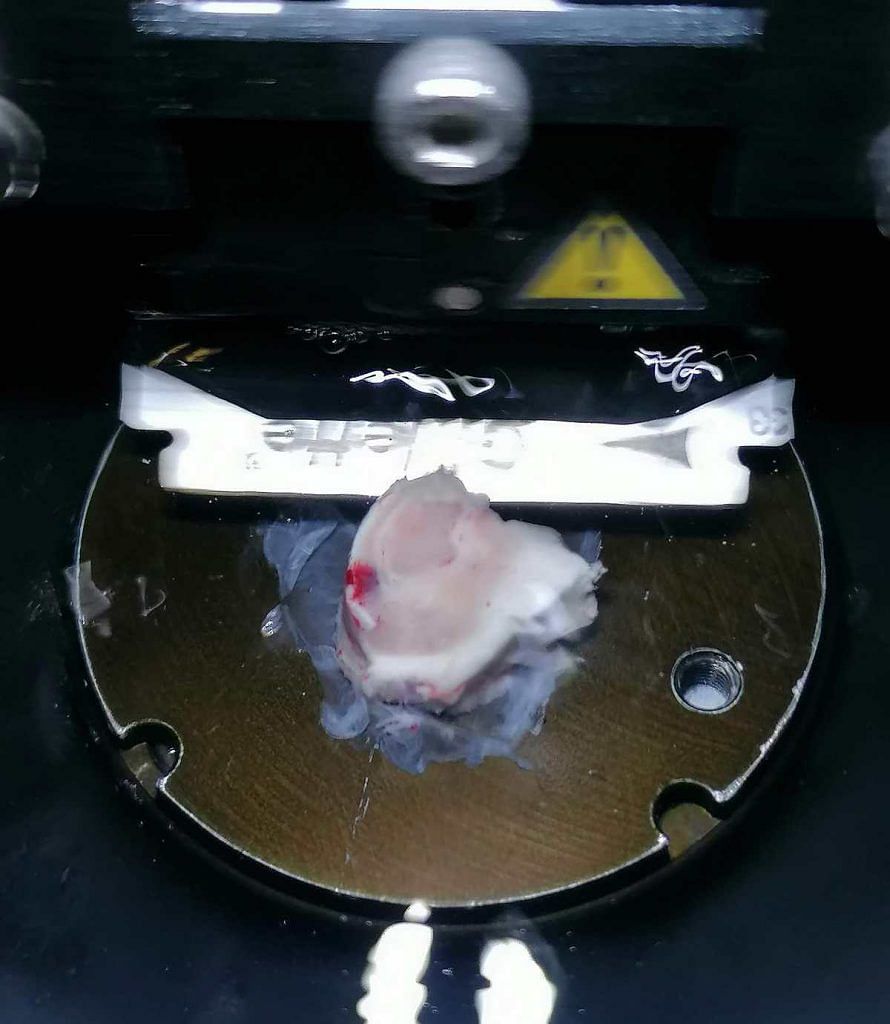
Buzsáki was not involved in the work at Jonas lab, but he appreciates the initiative it took.
“There are only a handful of centres that compare human tissue with animal tissue. It requires not only extraordinary neuroscience knowledge but also organisational skills to acquire the tissue,” he said.
The lab transported the brain cells from the hospital in central Vienna to ISTA, a research institute in the green hills of Klosterneuburg. For this, Watson developed a custom box—oxygenated and cold enough to keep the brain tissues alive and “happy” for the 40-minute ride.
“It was a case of let’s try and see,” Watson said. Since it worked “very nicely” the first time, they carried on.
Rössler, the neurosurgeon, says though the brain tissue taken out of epileptic patients is unhealthy, it can still be studied to understand neural behaviour at the cellular level.
What they’ve found so far has surprised them.
Even among humans, “every brain is different” and much more complex than that of a mouse, said neurosurgeon Rössler, who has operated on over 3,000 brains.
Inside the human hippocampus
It’s been three years since the Jonas lab started receiving human brain cells from Rössler. Watson is still excited to receive each new batch and to compare the neurons with those of mice.
Jonas Lab’s focus has been on one area in particular: the CA3 region of the hippocampus. It’s a key auto-associative network, meaning it binds together otherwise unrelated information into one memory. A rainy afternoon, for instance, might be remembered as the smell of something cooking, your favourite song playing, grey clouds outside.
Shaped like a seahorse, the hippocampus has several subregions—CA1, CA2, CA3 and CA4—connected in sequence, like stations on a train line. The full significance of the hippocampus wasn’t known until 1953, when a 27-year-old man known as HM underwent experimental surgery for severe epilepsy. Doctors removed most of his hippocampus. The procedure controlled his epilepsy, but left him unable to form new memories. He lived for 55 years thinking he was 27, existing in a kind of permanent present. HM’s case became a turning point in neuroscience and established the hippocampus’s indispensable role in our grasp on memory.
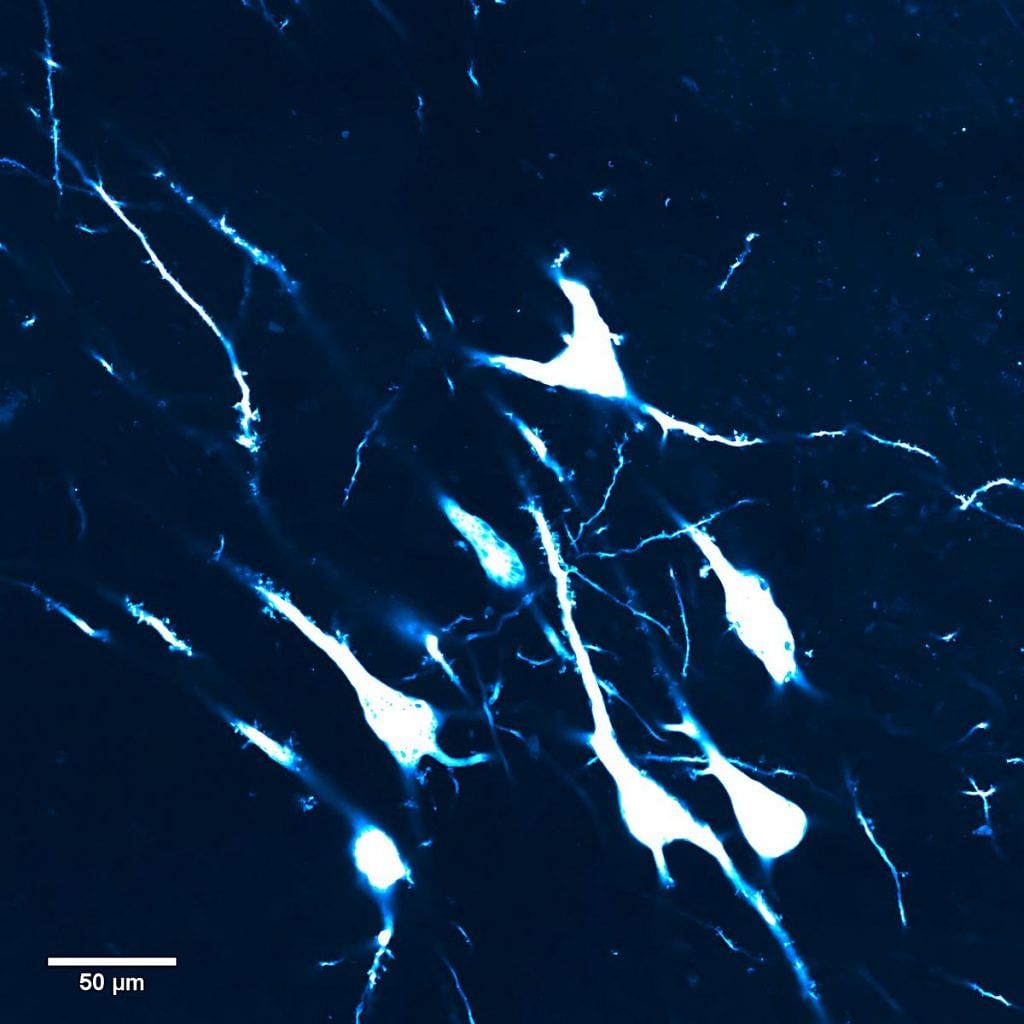
When the Jonas lab team examined the CA3 region of the human hippocampus, they discovered something unexpected. The neurons were farther apart and had fewer connections than in mice. That’s the opposite of what they saw in areas like the cortex, where human neurons typically exhibit more connections than their mouse counterparts.
“Why on earth have we got this sort of opposite scaling?” Watson recalled exclaiming. The lab ran mathematical models and hypothesised that this sparser wiring might give humans “optimized memory storage capacity,” as Watson, Peter Jonas, and other researchers wrote in a Cell paper published in January this year.
While Buzsáki acknowledged the “great job” done by the Jonas group, he struck a more cautious note.
“Connections between neurons cannot be quantified with high confidence since many axon collaterals are likely cut off [during surgery],” he said, referring to small branching fibres that help neurons communicate.
He also pointed to the idea of “scaling”. According to him, different species may simply require different levels of structural complexity.
Watson noted: “Properties of the human hippocampus appear to allow more memory storage. But maybe mice do it in a different way that we haven’t thought of.”
Is cultural evolution ‘almost’ everything?
Like the Jonas Lab, which focuses on understanding complex memory formation in a small region of the hippocampus, researchers around the world are studying different regions, properties, and functions of the brain. From the simplest neural circuits in organisms like C. elegans worms to complex vertebrates like zebrafish, mice, and monkeys, they’re all trying to piece together the grand puzzle of how the brain works.
“What surprises me is the similarity in flow of information [across species],” said Singer, who has worked on numerous animal brains. According to him, neurons have very similar intrinsic organisation and are wired in much the same way.
Many non-human animals have been found to have emotions and communication tactics. New research points to forms of consciousness in birds (like corvids and parrots), cephalopods (like octopuses and cuttlefish), and mammals. They show motivation, curiosity, playfulness, and memory. Singer suggests these traits are needed for all living beings “to generate an internal model of the world”.
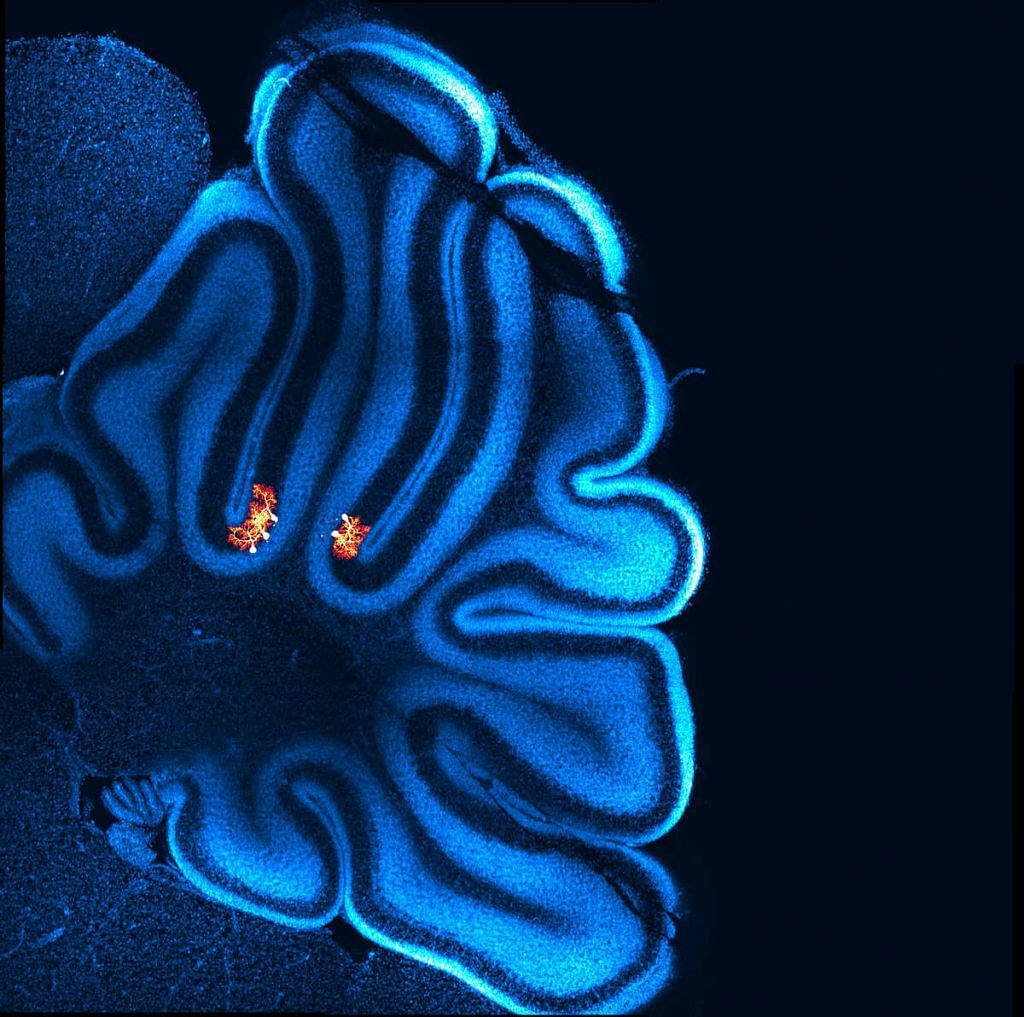
But even though all animals share these fundamentals, humans stand out.
“The unique human thing is capacity for symbolic communication,” Singer said. “If you look at the hippocampus, it looks like a spread-out cortex.” In evolutionary terms, this suggests the hippocampus may be an older brain structure, almost like a blueprint, for the more complex cortex that developed eventually.
When you make a decision, your entire lifetime and life experience is that action. And most of that process is going on subconsciously or pre-consciously
György Buzsáki, neuroscientist at the NYU School of Medicine
Over time, additional cortical areas were integrated into the human brain, which could process information together from different senses — sight, sound, touch — and form more abstract categories. To ascertain snow, for instance, one must identify many features: it’s white, soft, wet.
“This capacity for abstract thought and symbolic representation is foundational to language, which allows humans to create concepts that exist beyond the tangible world,” he added.
Abstract constructs like God, emotions, belief systems all flow from this ability.
Even among humans, “every brain is different” and much more complex than that of a mouse, said neurosurgeon Rössler, who has operated on over 3,000 brains.
So where does this complexity come from? The brain’s architecture has yet to yield a clear answer.
“For hundreds of years we have tried to find anatomical explanations of our superiority. We didn’t find anything. And perhaps we will never find one,” said Buzsáki. “Because our superiority is in the externalisation of brain function.”
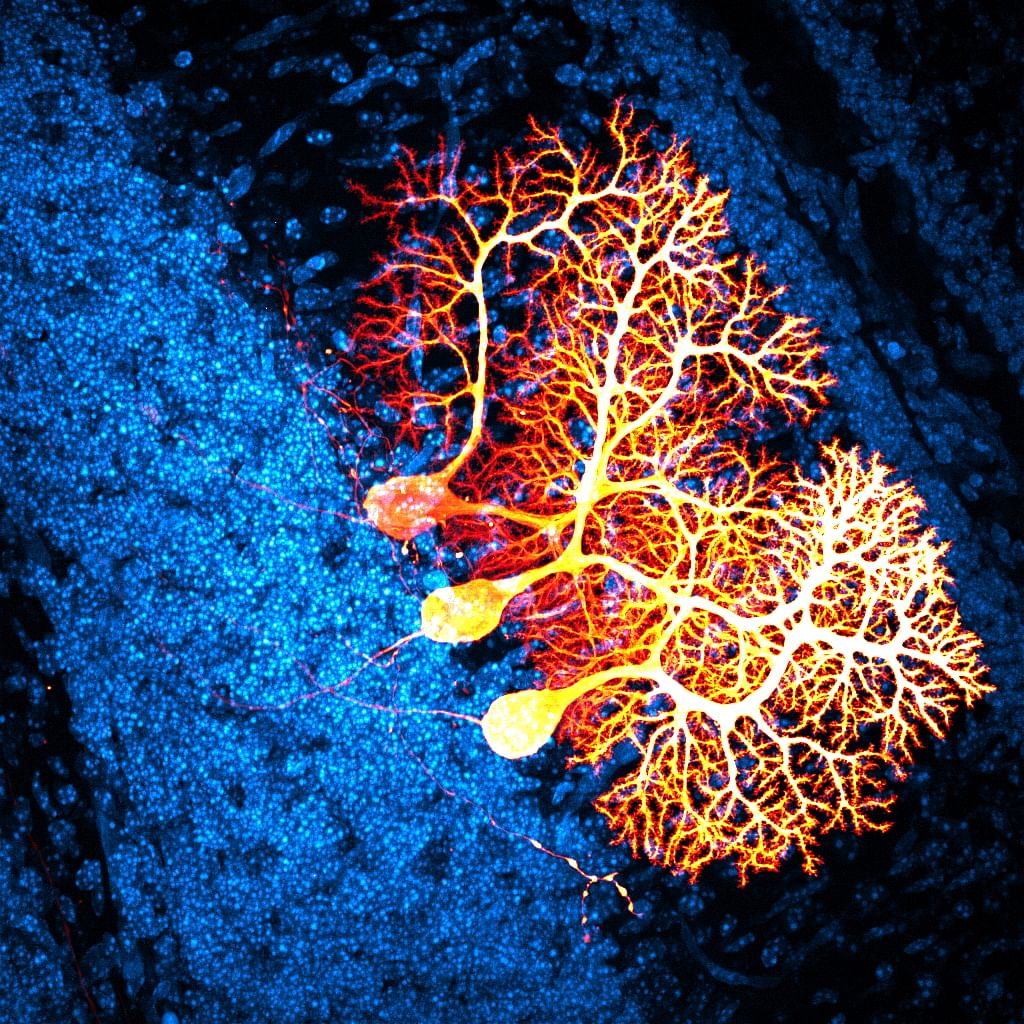
He was referring to the remarkable human ability to extend cognitive processes beyond the confines of our biological brains. Humans pass on knowledge, build tools, create institutions. We outsource memory, calculation, and decision-making to tools. We shape and evolve our environments, creating a feedback loop between brain and world.
“Cultural evolution is not everything but it almost is,” Buzsáki said. Singer agreed, saying it gave rise to many of the complex ideas we associate with being human — consciousness, free will, intentionality, decision making.
This belief in conscious decision-making underpins modern societies, including ideas of democracy and personal freedom. It’s the idea that our choices are made by us, by our brains.
“Decision making is an interesting Western culture term,” Buzsáki said, “You think you are making a decision. This is the idea of free will and so on.”
What he’s suggesting is that our conscious experience of making a decision might be an illusion or a culturally constructed concept, rather than a purely conscious, deliberate act.
A different perspective comes from neuroscience experiments. Scientists can implant electrodes in the hippocampus of a rodent or zebrafish and predict whether the animal will turn left or right in a maze up to 15 seconds before it actually moves. This striking predictive power in simpler brains hints that “decisions” might often originate from subconscious brain activity that precedes our conscious awareness.
Buzsáki’s own work suggests that waves generated in the hippocampus region are responsible for building long-term memories in the cortex.
“When you make a decision, your entire lifetime and life experience is that action,” he said. “And most of that process is going on subconsciously or pre-consciously.”
So, are we special?
Modern neuroscience has plenty of tools to observe the brain in action. Functional magnetic resonance imaging (fMRI) tracks changes in blood flow. EEG and MEG detect the electrical and magnetic activity generated by neurons. But such non-invasive technologies have limitations.
First, they can’t reach deep areas like the hippocampus, and second, they don’t reveal anything about the brain at the cellular level—the neurons.
“We know more about neurons in mice than humans,” said Watson. He and others point out that it’s simply because scientists can study mouse brains every day of the week, unlike human ones.
Watson has found key differences between the two, but he’s cautious about drawing conclusions.
“Properties of the human hippocampus appear to allow more memory storage. But maybe mice do it in a different way that we haven’t thought of,” he said.
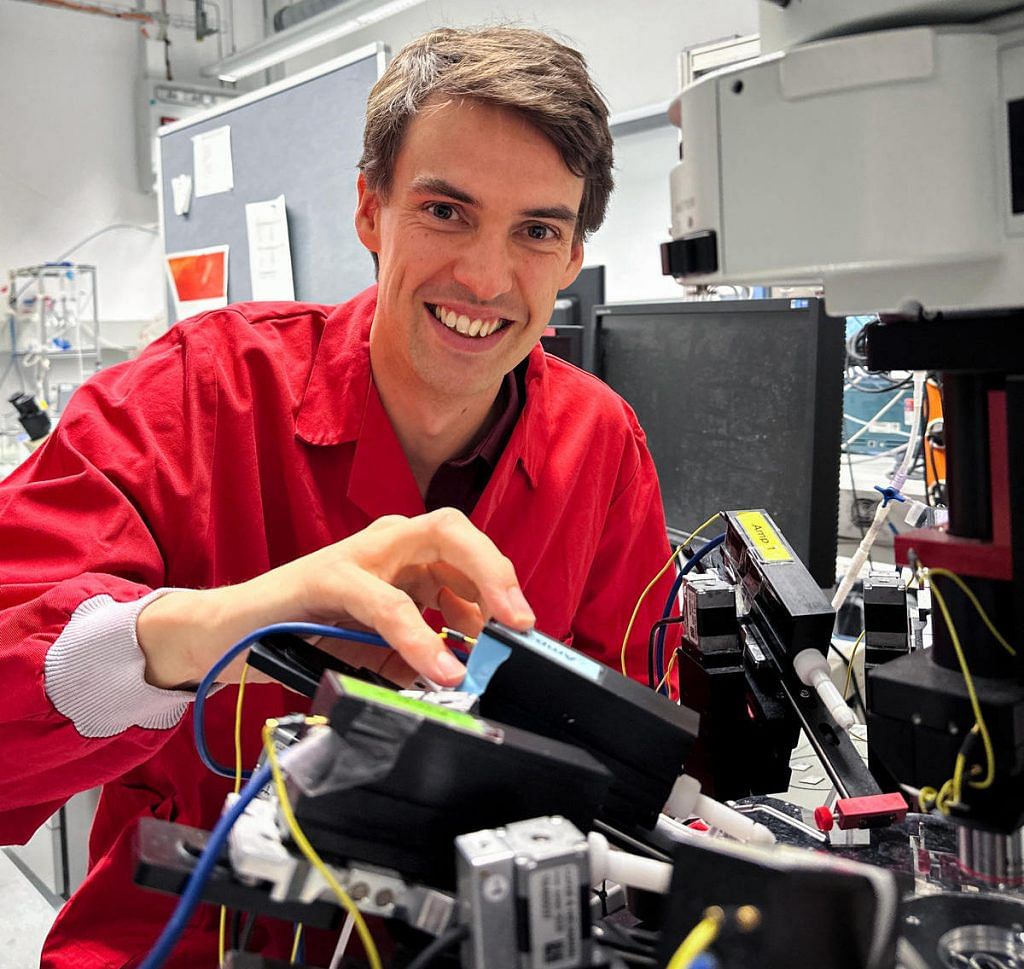
For Watson, a human brain is just a human brain, bounded by its own limitations of “human viewpoint”. And that mice are “very smart” too.
“It’s only human arrogance that says that we are smarter than everyone else. Maybe a bird is actually really super smart. Maybe it’s never depressed. It’s just always chilling. Hanging out in the tree,” he said. Still, his focus is clear: “If you want to understand how the human brain works, you need to look at least a little bit at the human brain rather than something else.”
For now, results from Jonas’s lab have “no clinical relevance” said Rössler, but added that in future they might.
Understanding neurons better at cellular levels could bring new insights into memory, cognition, and brain disorders. Neurological conditions are the leading cause of illness and disability worldwide, affecting over 3.4 billion people. Yet many of these disorders—ranging from migraines and Parkinson’s to Alzheimer’s and dementia—are still not well understood.
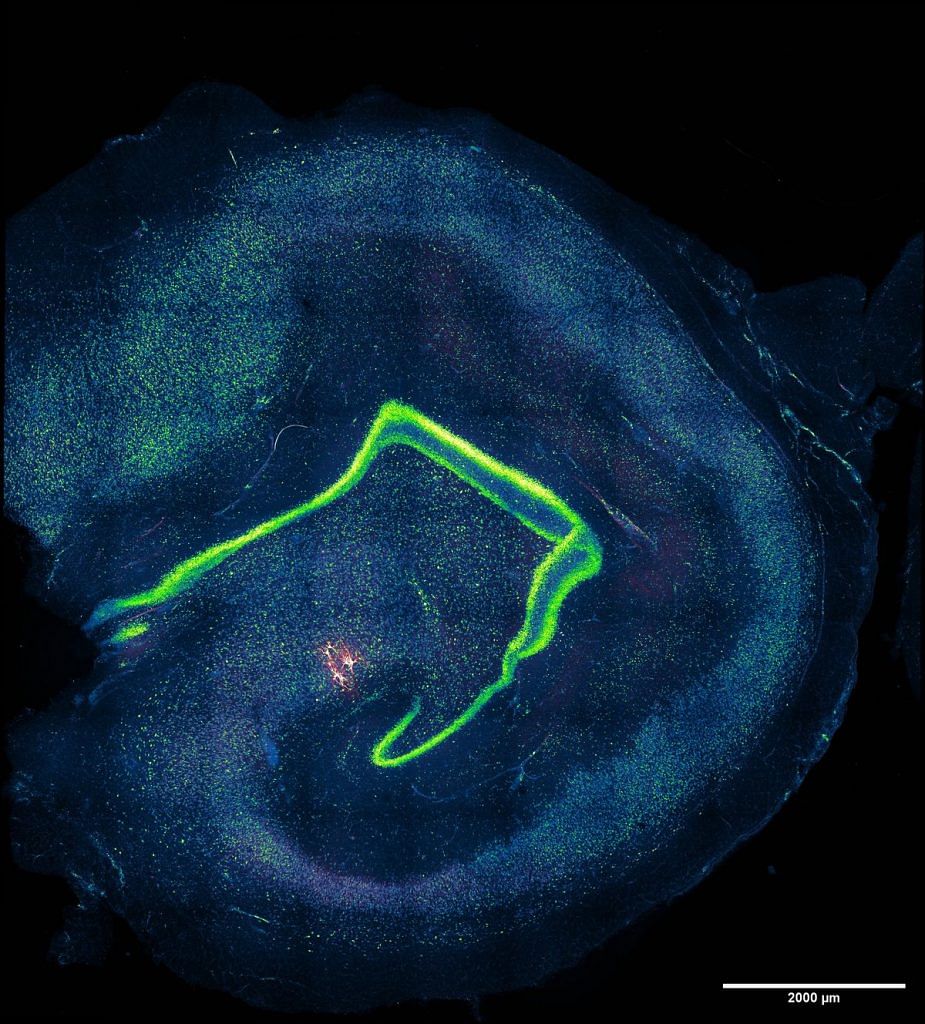
Some scientists are now looking beyond the brain itself for answers. For Anirban Basu at the National Brain Research Centre, the gut could hold some answers.
“There is strong speculation that microbial diversity has something to do with brain disorders like Parkinson’s, Alzheimer’s, anxiety,” he said. “Most mental or neurodevelopmental disorders develop when your microbial diversity is less”—typically in childhood or old age.
In India, the burden is rising. Recent estimates suggest that the contribution of non-communicable neurological disorders more than doubled from 4 per cent in 1990 to 8.2 per cent in 2019. Basu, quoting an an Indian Council of Medical Research report, noted that most of the non-communicable diseases in India are linked to poor diet.
“Indians take too much carbohydrate,” Basu said. “Even those who can afford it do not take protein.”
Scientific evidence increasingly supports the idea that protein intake is beneficial for brain health and cognitive function. Proteins are made up of amino acids—the building blocks for neurotransmitters, enzymes, and hormones critical for brain activity.
But again, much of what we know about the brain comes from animal models. And many factors—diet, genetics, lifestyle—could all play a part.
“If I’m diabetic, if I’m vegetarian, what are your nutrients, culture and so on—all of these matter” said Buzsáki. “But the question is how much they add to the genes.”
For now, animal brains are still the best way to peel back the layers of the human brain.
“Structurally, the neurons are exactly the same. The microcircuits are functioning according to the same principles,” said Singer.
As for what sets humans apart, scientists are still probing the answer. For Singer, it’s that we think we are “part of two worlds”, one material, and the other mental or spiritual.
Buzsáki, more wryly, said it depends on perspective. “Of course I’m special. I’m special from my point of view. But from your point of view, depending on what you are looking at, maybe not special.”
This report was partially funded by a grant from the Institute of Science and Technology Austria
(Edited by Asavari Singh)



